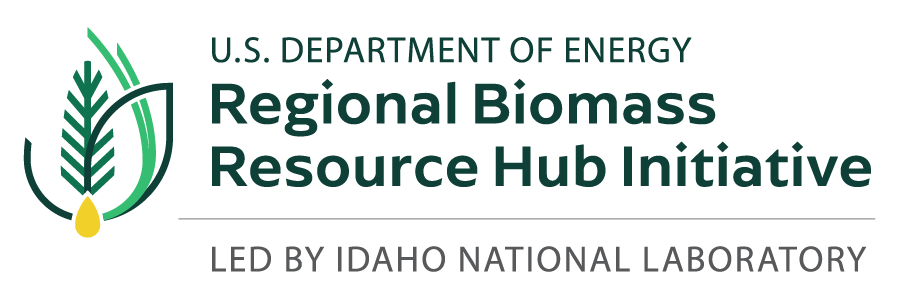Description
Mechanical fractionation offers a relatively inexpensive, modular, and continuous approach to partition biomass and material streams according to differential properties to enable optimized resource allocation and create additional value for the bioenergy economy. Common techniques used include classification (by cross-sectional density, size, and shape) and screening (sieve, disc, ballistic, trommel, brush) to take advantage of differential physical properties; robotic/mechanical sorters that differentiate based on visual, hyperspectral, and XRF signatures; and magnetic and eddy current separators. These methods can also remove contaminants such as soil and exogenous minerals, separate different anatomical tissues, remove contaminant materials in MSW streams, and overall enable a more strategic approach for generating on-spec, value-added feedstock streams from heterogeneous biomass with variable chemical and mechanical properties.
Capability Bounds
5kg/hr-5 tonnes/hr
Unique Aspects
At-scale, reconfigurable mechanical separations systems with the majority of relevant industrial techniques available. Diagnostic and instrumented equipment in a research environment to quantify performance of separations. Rapid collection/generation of validation and training data sets to interact with separations compared to ‘black box’ performance.
Availability
Bench-scale and pilot-scale equipment available for collaborative, federally funded competitive opportunities, user facility collaborations, and commercially funded research and testing. Floor space, expertise, and mechanisms in place to temporarily locate capabilities of interest for single-unit or process system testing.
Benefits
Low-cost separations can enable the removal of material contaminants, or separation of mixtures according to differential characteristics. These separations can enable direction and management of resources to the most efficient or economic use case(s) and extract the most value from the available resources. These separations can lead to enhanced handling and conversion performance and higher yields.
Capability Expert(s)
Neal Yancey, Jeff Lacey, Jordan Klinger
References
Thompson, David N., and Damon S. Hartley. Air classification of forest residue for tissue and ash separation efficiency. No. INL/RPT-22-70171-Rev000. Idaho National Lab.(INL), Idaho Falls, ID (United States), 2022.
Klinger, J. L., Wahlen, B., & Lacey, J. (2022). Advanced Feedstock Systems for Conversion-Ready Feedstocks. Chemical Engineering Progress.
Islam, Md Tahmid, Nepu Saha, Sergio Hernandez, Jordan Klinger, and M. Toufiq Reza. “Integration of air classification and hydrothermal carbonization to enhance energy recovery of corn stover.” Energies 14, no. 5 (2021): 1397.
Williams, C. Luke, Rachel M. Emerson, Sergio Hernandez, Jordan L. Klinger, Eric P. Fillerup, and Brad J. Thomas. “Preprocessing and hybrid biochemical/thermochemical conversion of short rotation woody coppice for biofuels.” Frontiers in Energy Research 6 (2018): 74.
Thompson, Vicki S., John E. Aston, Jeffrey A. Lacey, and David N. Thompson. “Optimizing biomass feedstock blends with respect to cost, supply, and quality for catalyzed and uncatalyzed fast pyrolysis applications.” BioEnergy Research 10 (2017): 811-823.
Thompson, Vicki S., Jeffrey A. Lacey, Damon Hartley, Michael A. Jindra, John E. Aston, and David N. Thompson. “Application of air classification and formulation to manage feedstock cost, quality and availability for bioenergy.” Fuel 180 (2016): 497-505.
Lacey, Jeffrey A., John E. Aston, Tyler L. Westover, Robert S. Cherry, and David N. Thompson. “Removal of introduced inorganic content from chipped forest residues via air classification.” Fuel 160 (2015): 265-273.
